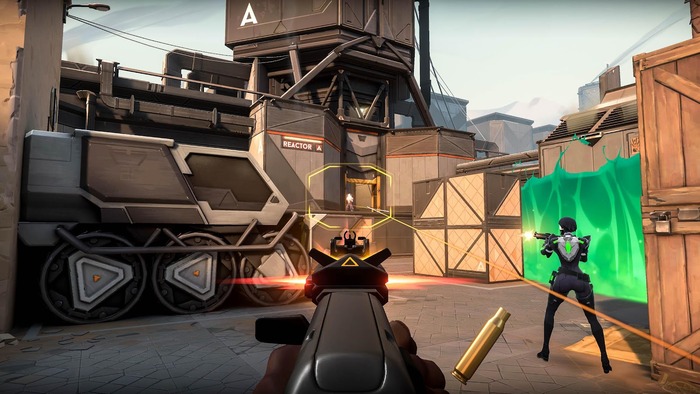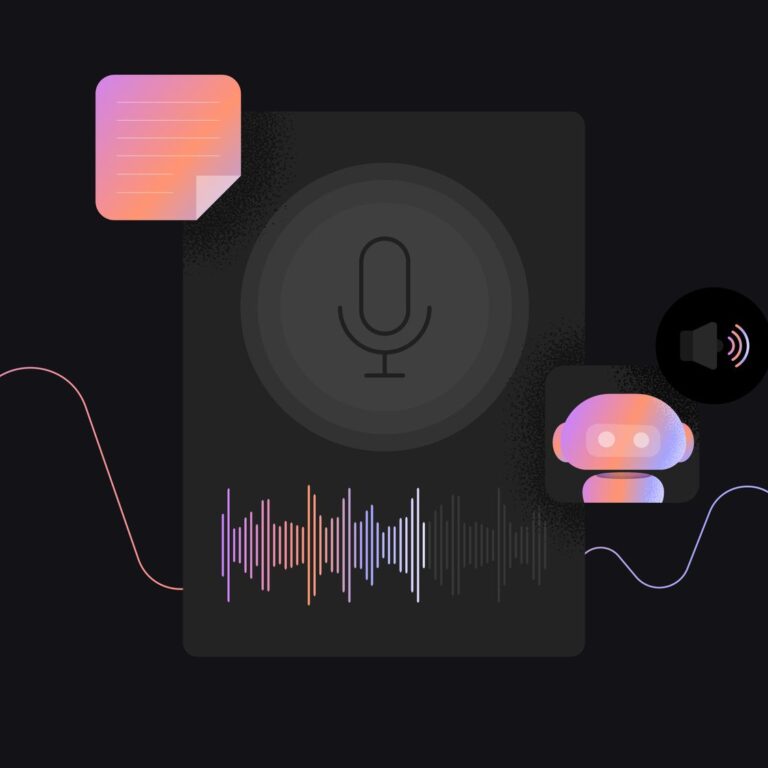VALORANT Tricks and Tips for Beginners

VALORANT is a tactical first-person shooter by Riot Games that combines precise gunplay with unique agent abilities. New players often struggle with the mechanics, economy, and positioning, but understanding the core fundamentals can significantly improve their gameplay. Mastering movement, aiming, and crosshair placement is crucial, as is selecting the right agent to match your playstyle.
Additionally, learning how to use utility effectively, manage credits, and play around sound cues can provide a massive advantage. This guide covers everything a beginner needs to know, from crosshair settings to advanced positioning techniques, ensuring steady improvement and success in ranked matches.
Mastering Crosshair and Sensitivity Settings
Aiming is the most critical skill in VALORANT, and having the right crosshair can make all the difference. Many professional players use customizable crosshairs to maximize precision. One of the most popular choices is TenZ’s crosshair, which is clean and easy to use. Players can also check out the crosshairs of other pro players and decide which one best suits their playstyle.
Sensitivity settings directly impact aiming accuracy. The average sensitivity for professional VALORANT players is 0.35 at 800 DPI, which translates to an eDPI (effective DPI) of around 280. The lowest professional eDPI recorded is 100, while the highest is 569 by PRX Forsaken. Players should adjust their sensitivity to ensure they can smoothly track enemies and perform quick 180-degree turns when necessary.
Understanding Crosshair Placement and Shooting Techniques
Crosshair placement is key to winning duels. Always keep your crosshair at head level rather than aiming at the ground or body. This minimizes the time needed to adjust aim when encountering an enemy. Many objects in the game, such as boxes on Ascent, can help players maintain correct crosshair height.
VALORANT’s gunplay rewards accuracy over volume of fire. Players should understand when to use different firing techniques:
- Tapping – Firing one shot at a time, ideal for long-range duels.
- Bursting – Shooting 2-3 bullets in quick succession for medium-range fights.
- Spraying – Holding down the fire button, most effective at close range.
Players should avoid excessive spraying at long distances and instead focus on controlled bursts or tapping.
Movement Techniques: Walking, Running, and Strafing
Walking in VALORANT (holding the Shift key) allows players to move silently, avoiding detection by enemies. This is crucial when sneaking up on opponents or repositioning without alerting them.
Running (default movement) makes noise but is useful when rotating between bomb sites or rushing into a site with the team. Players should check their minimap’s sound indicator to see if their footsteps can be heard by enemies.
Strafing (moving side to side) while shooting makes it harder for enemies to land shots. The burst-strafing technique involves firing a small burst, moving, and then firing again, making shots more accurate while staying mobile.
Effective Peeking and Positioning
Peeking efficiently can give players a major advantage in gunfights. The two primary peeking methods in VALORANT are:
- Jiggle Peeking – Quick side-to-side peeks to gather intel.
- Wide Swinging – A full peek designed to take aggressive fights.
Jiggle peeking is best for spotting enemies, while wide swinging is used when committing to a duel.
Players should position themselves where they can isolate 1v1 fights instead of exposing themselves to multiple enemies. Holding off-angles and positioning around cover ensures better survivability.
VALORANT’s Economic System and Weapon Choices
VALORANT’s credit system determines what weapons and utilities players can buy each round. Here’s how credits are distributed:
- Starting credits – 800 at the beginning of the game and second half.
- Kill bonus – 200 credits per enemy killed.
- Spike plant – 300 credits per player if the team plants the spike.
- Winning a round – 3000 credits for all players.
- Losing a round – 1900 credits, with an additional 500 per consecutive loss (2400 for two losses, 2900 for three losses).
Best Weapons for Each Round
- Pistol round – Use Classic + Light Shield or Frenzy with utility.
- Eco rounds – Buy Sheriff, Shorty, or Stinger for cost-effective damage.
- Bonus rounds – Keep weapons from the previous round to force the enemy into bad economic situations.
- Rifle rounds – Prioritize Vandal or Phantom with full shields for maximum advantage.
Map Awareness and Strategy
Most maps in VALORANT follow a three-lane design, featuring A site, B site, and a middle area. Maps like Haven and Lotus have three bomb sites, offering different tactical options.
- Rush – Fast aggression to overwhelm defenders.
- Split – Attack through multiple angles to confuse enemies.
- Default – Spread out to control the map and gather intel.
Defenders should delay attackers with utility and coordinate retakes using smokes, flashes, and information-gathering abilities.
Understanding Rotations, Flanking, and Lurking
Rotating is necessary when defending the wrong site or responding to enemy movements. Rotate only when:
- Three or more enemies are spotted on the other site.
- The spike is seen on the minimap.
Flanking allows players to surprise enemies from behind. However, excessive flanking can become predictable, so use it sparingly.
Lurkers operate away from their team to secure key positions and find picks. Cypher, Omen, and Astra are ideal for lurking, as their abilities allow them to support teammates remotely.
Advanced Gameplay and Agent Selection
Players should select an agent based on their preferred playstyle:
- Duelists (Jett, Reyna, Raze) – Ideal for aggressive plays.
- Initiators (Sova, KAY/O, Skye) – Gather intel and disrupt enemies.
- Sentinels (Sage, Killjoy, Cypher) – Defensive specialists.
- Controllers (Brimstone, Omen, Astra) – Provide smoke cover and map control.
Utility usage is essential for team success. Players should communicate and coordinate abilities to maximize impact.
Mastering Communication and Team Coordination
Giving teammates precise information can change the outcome of a round. Instead of vague callouts like “They’re A”, say “Three enemies A main, one rotating mid.”
Players should trade kills and use abilities to support teammates rather than taking isolated duels.
Recognizing and Adapting to Opponent Playstyles
When facing high-skill opponents, avoid taking isolated 1v1 fights. Instead, double up with a teammate and use utility to force them into bad engagements.
With VALORANT’s rise as a top-tier game, especially in esports, the sportsbook Bet365 has established itself as a leading platform for esports betting, offering a wide range of markets for competitive gaming, including VALORANT.
Bet365 promotions in Virginia offer great deals, allowing fans to wager on VCT (VALORANT Champions Tour) events, predicting match winners, map outcomes, and in-game stats like first blood or total rounds played.
Elevating Your VALORANT Gameplay to the Next Level
Success in VALORANT is not just about mechanical skill but about combining precise aim, movement mastery, strategic thinking, and team coordination.
By focusing on crosshair placement, movement techniques, peeking strategies, and economic management, players can significantly enhance their performance. Selecting the right agent, understanding their role, and making the most out of utility are key to maintaining a tactical advantage.
Climbing the ranked ladder requires patience, adaptability, and constant refinement of skills. Reviewing gameplay, learning from high-level players, and actively communicating with teammates will give you a competitive edge.
Whether you’re aiming to dominate in ranked matches or compete in professional tournaments, dedication to improvement will set you apart. Every round is an opportunity to learn, and with the right mindset, your progress in VALORANT will be unstoppable.






